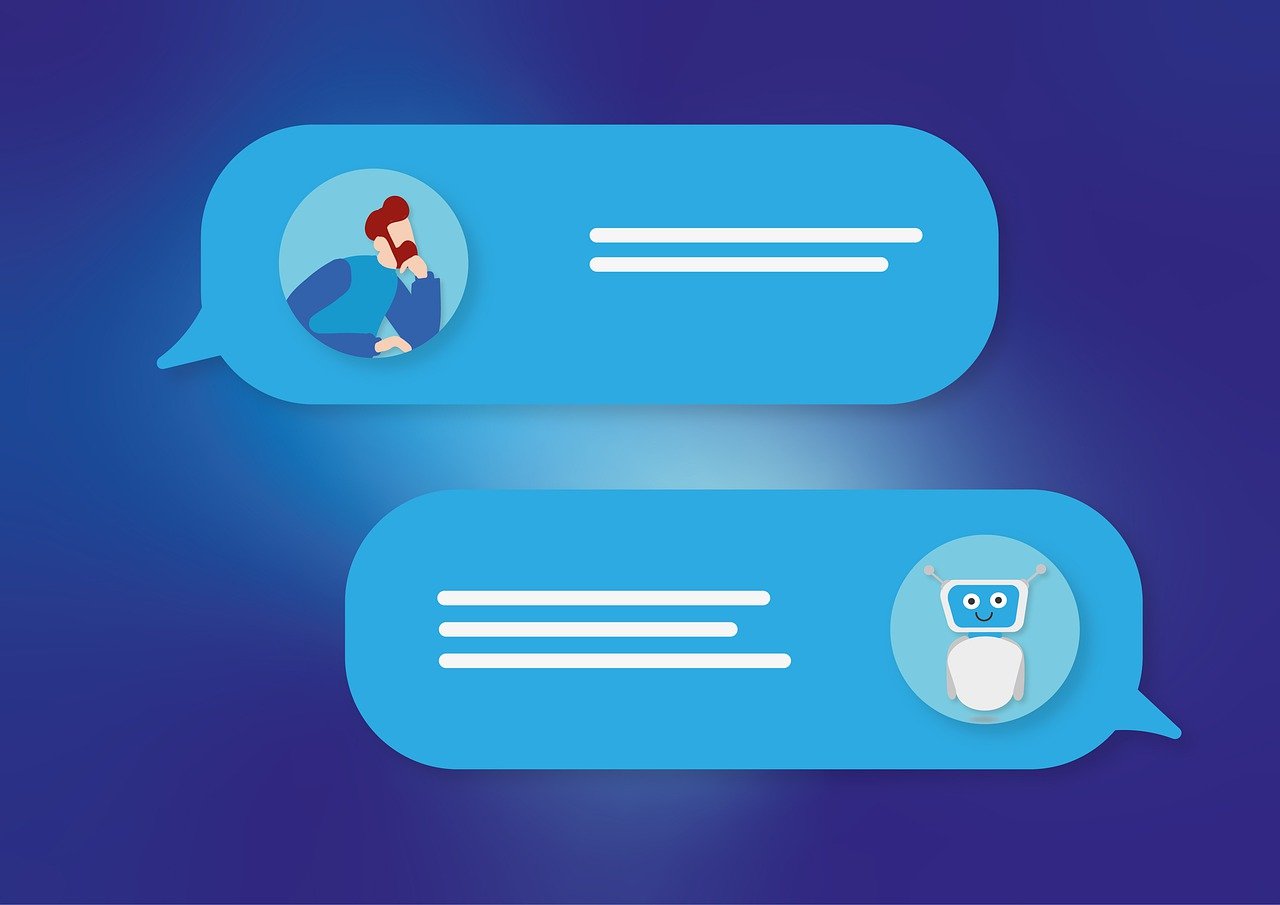Physical Address
304 North Cardinal St.
Dorchester Center, MA 02124

One of the most important developments in artificial intelligence in education is the rise of chatbots. At this point, these AI chatbots are used in almost all businesses. They are everywhere and always help in some way. One area where they are present is schooling. Most AI-powered robots in education help teachers and students with a wide range of tasks, such as answering questions, giving students study materials, keeping track of their progress, and more. These chatbots can be added to learning management systems and educational tools to help students, give them extra help, and improve learning. These educational chatbots use natural language processing and machine learning to interact with students and provide them with individualized support.
One of the most popular ways to use artificial intelligence in education and chatbots is to improve your enrollment efforts, which you may already know. Many types of AI can make it easy for you to find students by using algorithms that sort applicants by:
Students who have a better chance of getting in
Students who are more likely to go to school if they are accepted
AI and chatbots can also help you do things better. A lot of the monotonous office work that used to take a long time can now be done automatically. These include signing up for classes, choosing a place to live, and getting a visa.
Besides that, AI can help you deal with the “summer melt.” Reasonable education AI solutions can tell which kids might not sign up even though they’ve paid their deposit. That way, you can find ways to get more people to sign up in the fall.
The gathering of data is one of the best ways chatbots support agents. Higher education chatbots can start conversations and get background data while operators assist students. When an agent is available, they can enter the chat using the data the chatbot has gathered.
Using survey questions, chatbots may quickly and discreetly gather your students who, what, where, when, and why. Agents can spend more time fixing problems and less time in discussions confirming who they are conversing with when this task is delegated to chatbots. Unlike typical phone support transfers, students will value not having to repeat themselves throughout the smooth transition from chatbot to human agent.
Making arranging classes easier is another way artificial intelligence in education can be used. Many institutions have scheduling systems. However, they need to account for manual operations and high demand. You can thus find yourself in a scenario where you’ve made duplicate reservations.
However, scheduling classes with artificial intelligence can be done in seconds. This results from AI technology’s ability to automatically link to each student’s calendar. You won’t experience any scheduling problems as a result.
Students of today anticipate assistance 24 hours a day. 57% of customers anticipate the same response time from businesses after hours as during regular business hours, and 58% of Millennials expect to be able to contact enterprises anytime they want.
Traditional help lines, however, are too expensive and difficult to staff outside of regular business hours, although chatbots excel in this area. In addition to supporting support personnel during business hours, chatbots can take over entirely during slow periods and after hours, often responding to the most frequent inquiries.
Chatbots for higher education enable students to receive assistance on their schedule, not yours.
In the past, there were few ways to notify students when a class needed to be moved. The instructor may email a notice to the students or post it in the class forum and post this information on the door of the actual classroom.
But even with these strategies in place, it might still be easy for students to overlook the lesson. This might result in absences, tardiness, and a delayed start to class. Chatbots for universities make communicating with students about changing their rooms easier.
The moment the student logs on, the virtual chatbot, if they have it configured, can alert them to the change. As a result, they’ll obtain the information they require and won’t have any trouble moving to the new classroom.
Building AI chatbots for eLearning requires in-depth research because they differ significantly from simple Q&A bots.
The following steps may be involved in putting an AI chatbot into use at educational institutions:
Examining your goals should come first. You must choose what features and duties your chatbot needs based on the main requirements of your administration, teachers, and students. You can aid in your analysis using the examples covered in this article.
Locate a knowledgeable consulting and development team. It takes highly skilled programming, careful planning, and strategy to create an artificial intelligence in education bot that can converse like a human. To execute their ideas promptly, efficiently, and professionally, many educational stakeholders choose to work with outsourcing businesses. These services, which save educators time and headaches, often cover every step of the bot deployment process, including development, consulting, and post-launch support.
Test your chatbot: At this point, an AI-powered chatbot is tested by speaking with a small group of actual students to see if it can assist with the given task.
Deploy and evaluate: It takes little time to deploy a chatbot. The only things your development team will have to worry about are the connected endpoints and the bot being integrated with your whole infrastructure.
AI chatbots can be utilized in the education sector to improve student engagement and personalization while streamlining the teaching process. They can also significantly lessen the administrative employees of educational institutions’ workload. We may anticipate a significant expansion in the education sector, positive student-teacher connections, and improved learning environments.